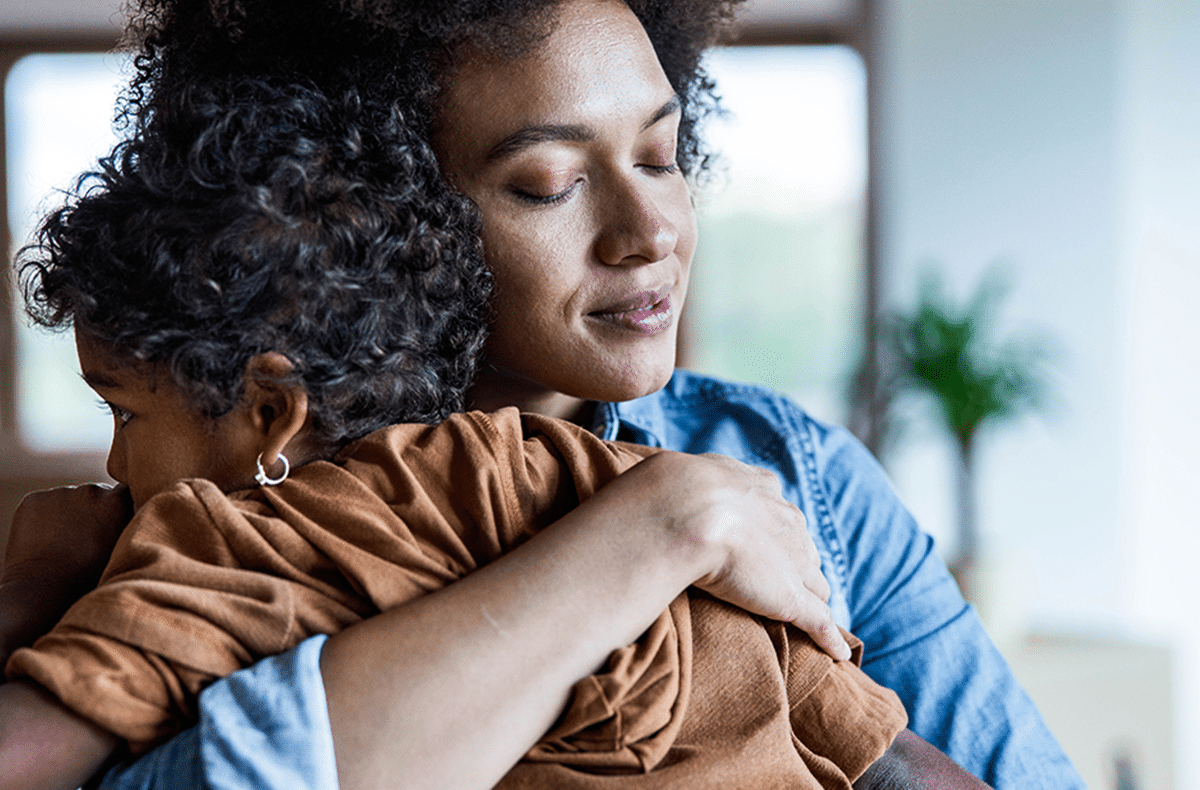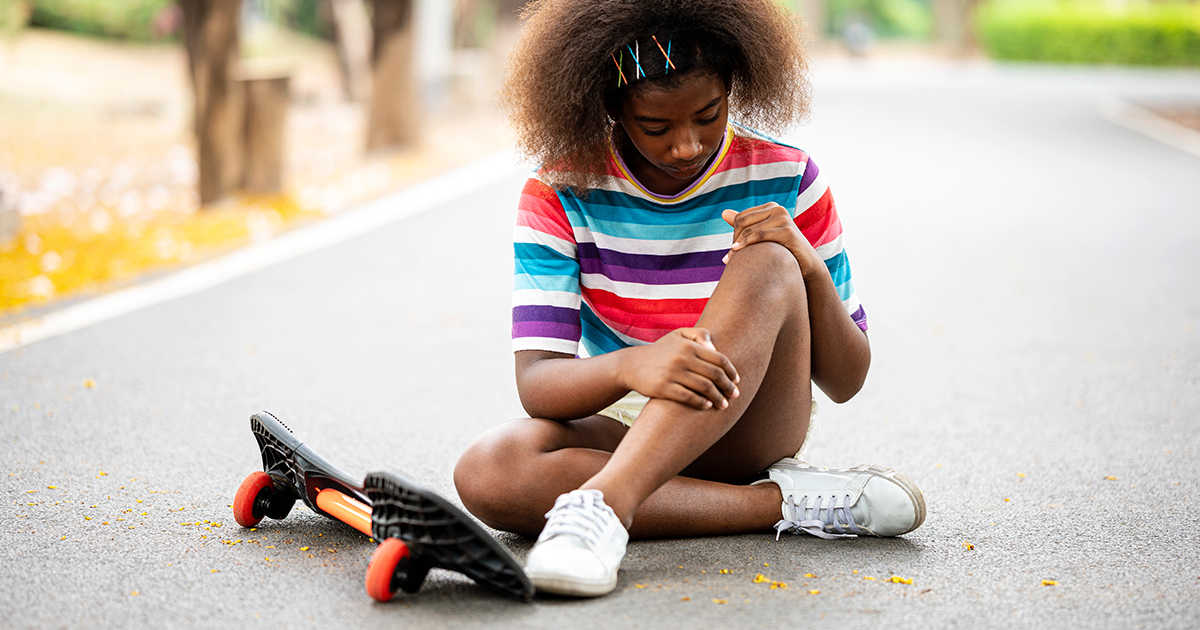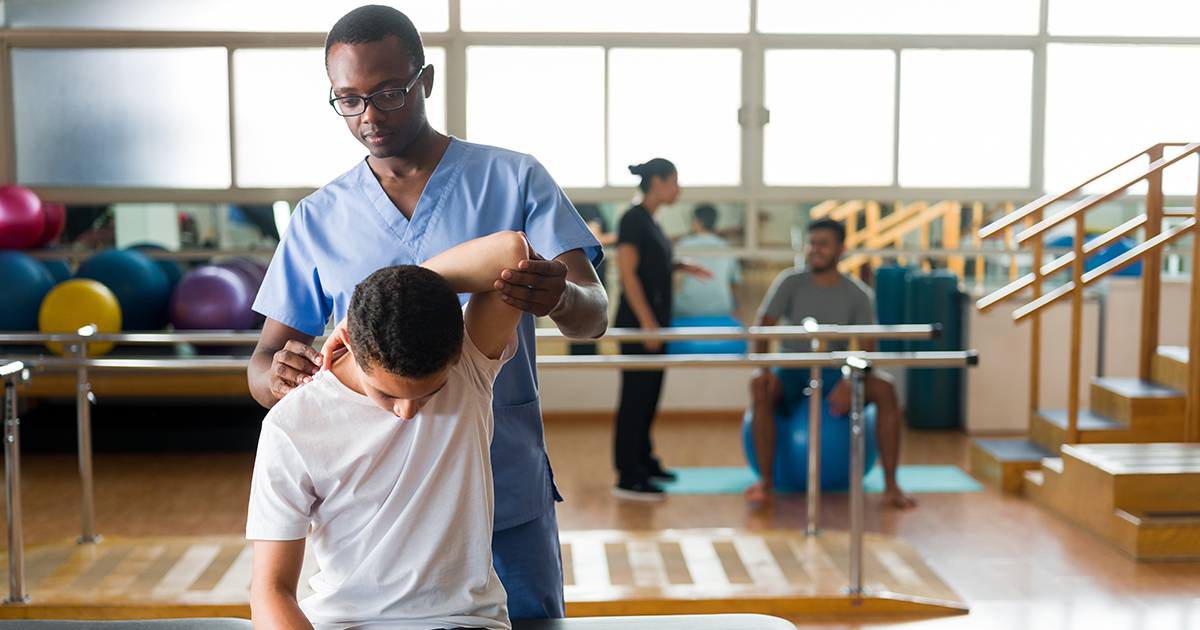What are growing pains in kids and how can you help?

Nobody knows what they are but they’re not serious. Here’s what you can do about growing pains and when there’s reason to have a doctor check it out.
No research links these aches to growth spurts. It’s most likely muscles that get sore from hard play and exercise. A 2017 review of evidence also showed that children with lower pain thresholds may be more likely to have these pains.
The pains can come and go for months or years until kids outgrow them. It really hurts and is generally felt in both legs, especially in the front of the thighs, back of the calves or behind the knees. Kids who get this may also be more prone to headaches and sore tummies.
There are simple ways to relieve growing pains but it’s important to be sure they aren’t symptoms of something else. If a child is limping, if it hurts during the day or touching the legs causes pain, the problem might be an infection or injury.
Pain that is only in one leg may be a sign of a different issue. Growing pains in the knees are usually at the back. A doctor should look at a child who has joint pain, swelling or stiffness for more than a week — especially if there’s a fever as well.
Research hasn’t shown anything about growing pains in the back. That might be poor posture or muscle strain, but could be a sign of a more serious problem if the pains last for days or keep getting worse.
If leg pain comes with some of these symptoms, a doctor has to run some tests: fever, loss of appetite, a rash, tiredness, weakness, weight loss.
Massage. You can make your child feel a little better by massaging the legs or stretching leg muscles. A warm cloth or heating pad on the leg could help but make sure it doesn’t burn the skin during sleep.
Communicate with care. You can explain to the child that the pains aren’t serious but it’s better not to say it has to do with growing or playing. That might make the child scared of both.
Vitamin D supplements. There’s been a 2015 study which shows that low vitamin D is common in kids with growing pains, so ask a pharmacist about supplements.
Anti-inflammatories. You could try an anti-inflammatory such as paracetamol, though some experts say it probably won’t work fast enough since the pains typically last only 5 to 20 minutes at a time. Ask the pharmacist about the right kind and dose. Children must never been given aspirin, though, since it can lead to a rare but serious condition called Reye’s syndrome.
Show some love. A little loving care and sympathy will go a long way to making a child with growing pains feel better. You can also explain that the hurting will be gone in minutes, that it’s just part of growing and not a disease, so nothing to worry about.
Related articles

Latest Jet club magazine
We’ve got the latest trends, exciting prizes and exclusive savings just for you!
Jet Club will not pass your details to anyone else. By clicking the subscribe button you confirm you have read and agree to the Jet Club Terms and conditions and Jet Club Privacy Statement.
Subscribe



